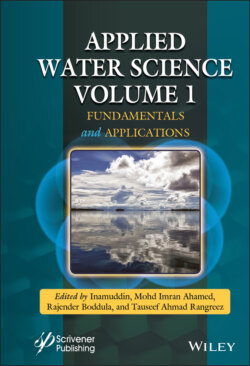Читать книгу Applied Water Science - Группа авторов - Страница 34
2.3.4.2.2 Photolysis
ОглавлениеThere are two classes of photolytic treatments, namely, indirect and direct photolysis. Whereas direct photolysis involves the decomposition of pharmaceuticals following direct absorption of UV radiation, in indirect photolysis intermediate species such as reactive excited states and free radicals are generated through photosensitization or use of a photocatalyst (Patel et al., 2019). Subsequently, chemical reactions occur resulting in degradation. The efficiency of photolysis is influenced by the intensity and frequency of radiation, quantum yield, the chemistry of the pharmaceutical compounds, formation of the oxidant, and the composition of the aqueous system (Wu et al., 2019). Other photolysis processes are highly influenced by pH. A range of pharmaceutical compounds are degraded through indirect photolysis. Semiconductors such as TiO2 have been used as photocatalysts for the photodegradation of pharmaceuticals (Yahya et al., 2018; Cunha et al., 2019). The photocatalyst is activated by excitation of a valence band electron using light, to form an electron-hole pair. The holes thus generated exhibit high oxidation potentials, and can generate HO• from water on the surface of the photocatalyst. In general, TiO2-based photodegradation results in high removals and considerable mineralization of pharmaceutical compounds.
